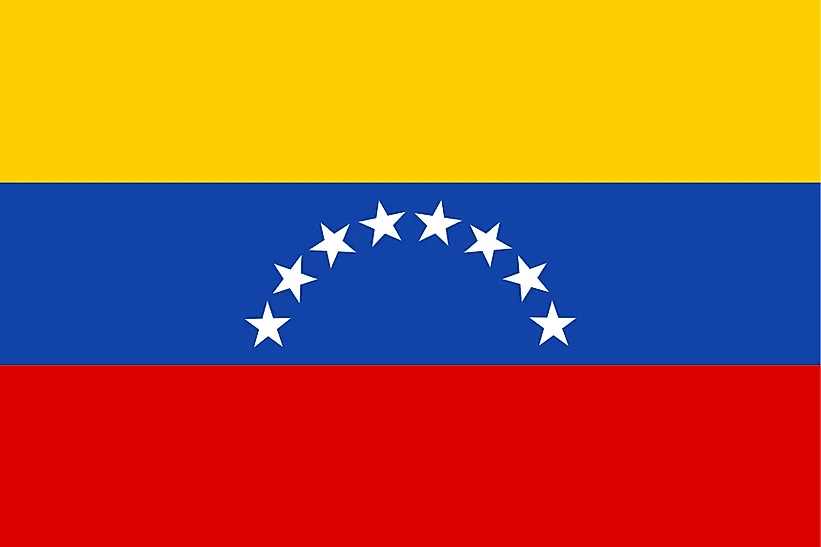
Venezuela
| Continent | Americas |
| Capital | Caracas |
| Population | 30,912,302 |
| GDP | $469.00 Billion |
| GDP per Capita | $15,100 |
| Dialing Code | +58 |
| ISO Code (2-letter) | VE |
| ISO Code (3-letter) | VEN |
Venezuela Landscapes






About Venezuela
Welcome to Venezuela, a nation of extraordinary biodiversity and natural resources. With approximately 28.5 million people across 916,445 square kilometers, Venezuela combines remarkable natural beauty with rich cultural heritage, standing as one of South America’s most geographically diverse nations.
Geographic Features and Natural Beauty
Venezuela’s geography encompasses extraordinary diversity from Caribbean coastline to Andean peaks. The country features the world’s highest waterfall (Angel Falls), the Andes Mountains, Caribbean beaches, and vast plains (llanos).
The landscape includes tropical rainforests, table-top mountains (tepuis), and extensive river systems including the Orinoco. The country’s varied terrain creates diverse ecosystems supporting remarkable biodiversity.
Protected areas include numerous national parks including Canaima National Park, home to Angel Falls. The country’s commitment to conservation focuses on preserving its unique ecosystems while managing development.
Cultural Heritage and Traditions
Venezuelan culture represents a vibrant blend of indigenous, African, and European influences. The country’s heritage includes distinctive music like joropo, traditional festivals, and rich artistic traditions.
Traditional arts include folk music, dance forms like the national dance joropo, and various crafts. Cultural practices feature carnival celebrations, religious festivals, and the preservation of regional traditions.
Venezuelan cuisine reflects its diverse heritage, featuring dishes like arepa, pabellón criollo, and hallaca. The tradition of community gatherings and festive celebrations remains central to social life.
Historical Journey
Venezuela’s history spans from indigenous civilizations through colonial period to independence. The country was home to several pre-Columbian cultures and played a crucial role in South American independence.
Significant periods include indigenous settlements, Spanish colonization, independence under Simón Bolívar, and the oil boom era. The country’s development has been significantly influenced by its oil resources.
Modern Economic Landscape
Today’s Venezuelan economy centers on petroleum resources, with the world’s largest proven oil reserves. The country also possesses significant mineral and agricultural potential.
Recent challenges have led to economic restructuring efforts. Venezuela’s natural resources and strategic location support its potential for recovery and development.
International Relations and Global Position
Venezuela maintains active participation in Latin American organizations while developing global partnerships. The country’s oil resources and strategic position extend its regional significance.
Did You Know?
• Venezuela is home to the world’s highest waterfall, Angel Falls?
• The country has the world’s largest proven oil reserves?
• Venezuela’s tepuis inspired Sir Arthur Conan Doyle’s “The Lost World”?
• The country has won seven Miss Universe titles, more than any other nation?
Conclusion
Venezuela represents a unique combination of natural wealth and cultural diversity. From its Caribbean beaches to its Andean peaks, from its traditional festivals to its modern challenges, Venezuela continues to evolve while preserving its cultural heritage. As it addresses contemporary challenges, Venezuela remains committed to progress while maintaining its position as a land of extraordinary natural beauty and potential.